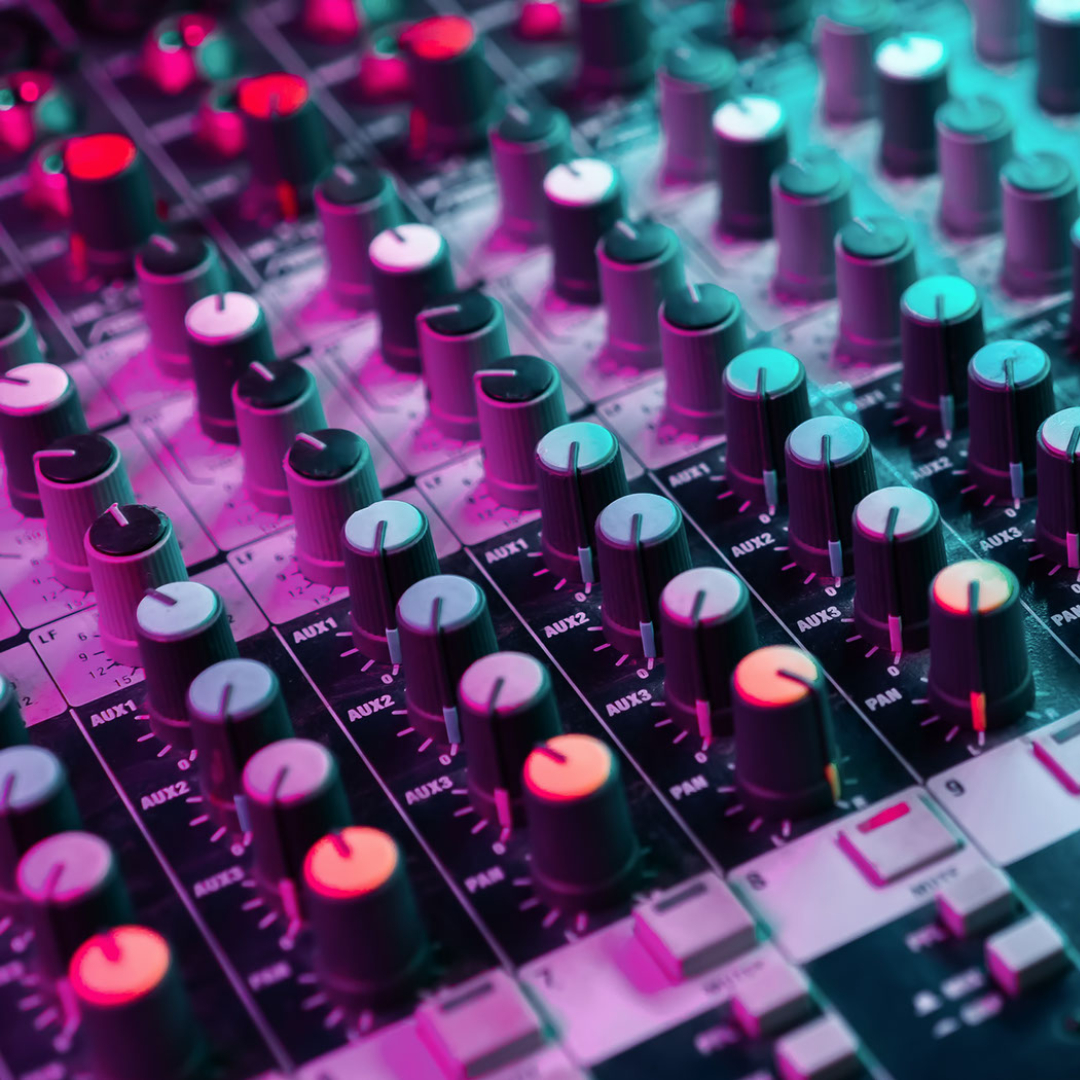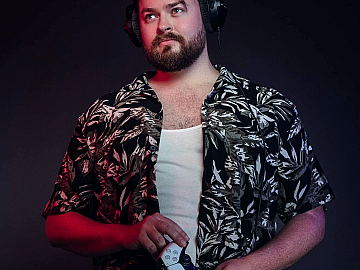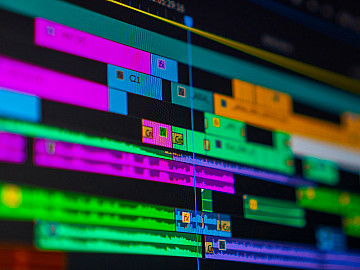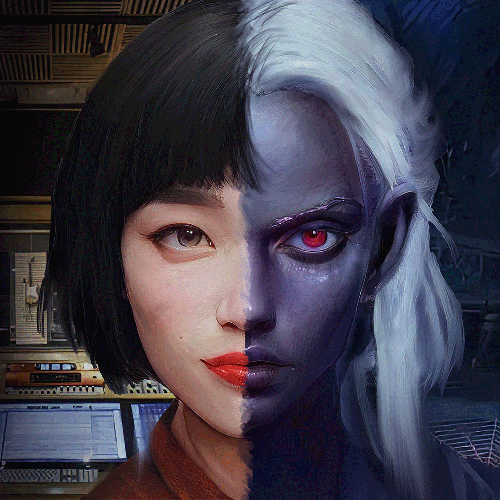Controlling the sound on a film set is no easy task, but what should you do when background noise is unavoidable?
Noisy filming locations, unclear dialogue, inconsistent accents, and the need to change a script after filming. Production issues like these can kill a project, but thankfully there’s an answer – ADR in film.
Many audio-visual projects face these problems. So, what is ADR in film? And how can it save your project from a dialogue disaster?
Stay in Sync – Voquent’s unparalleled professional ADR dubbing services use experienced audiovisual experts to provide unbeatable results.
What is ADR?
ADR stands for Automated Dialogue Replacement. This is the process of recording dialogue in a studio after filming to replace the initially recorded lines on set. This is usually due to bad sound quality recorded in the take that production wants to use in the finished product. This replacement audio also needs to be perfectly in sync with the mouth movements of the original shot to look natural. The initial actor almost always performs ADR to keep the voice consistent. However, on rare occasions, a replacement actor may be required before placing the newly recorded audio in the original shot.
Although, problems aren’t always the problem!
Many big-budget Hollywood movies are designed around the idea that ADR will definitely be included in the final film. There is simply too much going on for audio to be recorded on location. So when you reeeaaalllyyy think about it, most Hollywood movie stars are usually voice acting for many of their lines. Nice.
Furthermore, sometimes edits and retakes require new dialogue to be inserted into the film. ADR is also used to add new lines which were not recorded initially, either because they have been added to the script since filming or what was said needs to be adjusted. This can make the message clearer by adding extra context or reactions while showing a shot of something other than the person talking.
Why use ADR in film?
The use of ADR in film comes with a long list of benefits. Let’s take a look at some of the production problems that ADR can fix.
Background noise
The most common reason for ADR in film is unavoidable background noise or interference. Say you’re filming a coffee shop on a busy street with plenty of traffic. You might even suffer audio interference from tech on set, such as computers or the shop’s neon logo. So, how will you achieve perfect audio quality with your dialogue? Reducing the background noise sufficiently may be impossible, but completely replacing the dialogue isn’t.
Enhancing performance
A change in creative direction is another reason for ADR. If the original performance didn’t have the right nuances or vocal characteristics, re-recording the audio will fix the problem and allow another take without having to film again.
This doesn’t have to just be words! Any spoken audio can be improved with ADR – providing the perfect illusion of how a character feels in a scene.
Accents
Mastering an accent can be difficult. Sometimes, an accent will be flawless throughout the scene, but there was one word that didn’t sound quite right. This can easily remove an audience from believing in the authenticity of the character presented. ADR is a great way to fix these minor imperfections by re-recording the word and placing it in the existing shot.
Chinese cinema uses ADR extensively. Some Chinese stars have even been in multiple films, yet no audience has heard their authentic voice. This is one of the occasions when the original actor on film is replaced for the audio. In China, there are such a variety of accents that ADR is used to make actors all sound as if they come from the same region. This is done by each character having both an on-screen actor and a voice actor to replace their lines.
Dialogue
Dialogue can be challenging to keep clear under certain circumstances. Action and fighting scenes often require the actor to move a lot, affecting their vocal performance. Individual words or entire lines may need to be replaced if the audio is unintelligible.
Sounds
ADR isn’t only used to add words but noises too. Sighs, heavy breathing, and laughter can all be implemented in a scene using ADR. If making these sounds was not visible in the actor’s performance, the camera will need to cut to something else while the sounds are played. Otherwise, the use of ADR in the film will be too obvious.
Sometimes, when it comes to audio things don’t sound how we imagine they should sound. Swords don’t really make a “Shhhhing!” sound when they are unsheathed.
Changes to the script
In a perfect world, the script is completed and perfected before filming. However, in reality, the editing process can dramatically change the plan and leave some dialogue in a film needing to be adapted. This is where ADR can save the day by adding new dialogue where there was none or replacing the dialogue to make more sense with the edit.
What equipment is needed for ADR in film?
- Headphones
- Microphone
- Preamp/ interface
- DAW (Digital Audio Workstation)
- Video Monitor
What is the process of ADR in film?
The ADR process usually takes a lot more time than other kinds of voice acting.
First, a cue sheet containing all the lines which need to be replaced or added will be created. This will include the time codes of when this dialogue will be implemented in the film. The voice actor will need to perfectly time their performance with the lip movements of what is on screen. To achieve this, sometimes captions will be placed on a monitor over the shot, like karaoke, so that the actor can read along with it. Beeps are also used to count the actor in to begin at the right moment, and many takes may be needed to create the perfect time sync.
Ultimately, the aim is to create something that looks and sounds natural. There are plenty of examples of obvious ADR in film due to a bad time sync or dialogue that’s too clear for the circumstances of the scene.
Sound engineers may even splice together various recordings to create a version that is exactly the right length. Each individual word will match the lip movements on the screen to look as natural as possible with the correct pace.
Since covid, remote ADR recording has become more prominent. This process is considerably more complex and requires the voice actor to take on their role and a considerable amount of the technical part when it comes to timing. Mastering this combination is truly a skill that comes with ADR experience, and many of the voice actors we work with are ready to use these skills for remote recording in your projects.
ADR in film has many benefits and uses. It’s essential to create the best audio quality possible and perfect your film’s sound. Creators don’t always plan on ADR use, but they can rely on it when sound production on set doesn’t go according to plan.
Explore our ADR Dubbing Services
Find Outstanding Voice Talents
Sometimes we include links to online retail stores such as Amazon. As an Amazon Associate, if you click on a link and make a
purchase, we may receive a small commission at no additional cost to you.

















